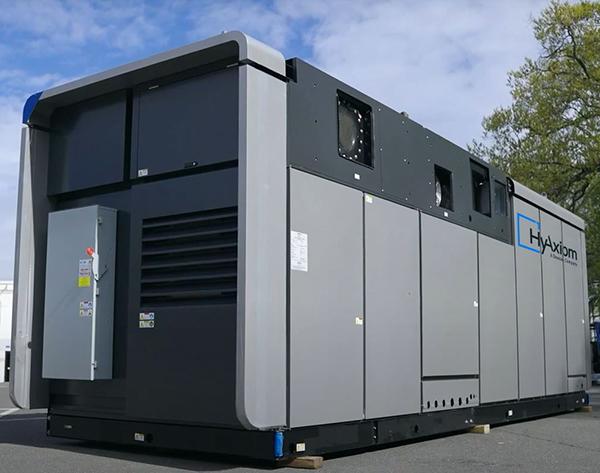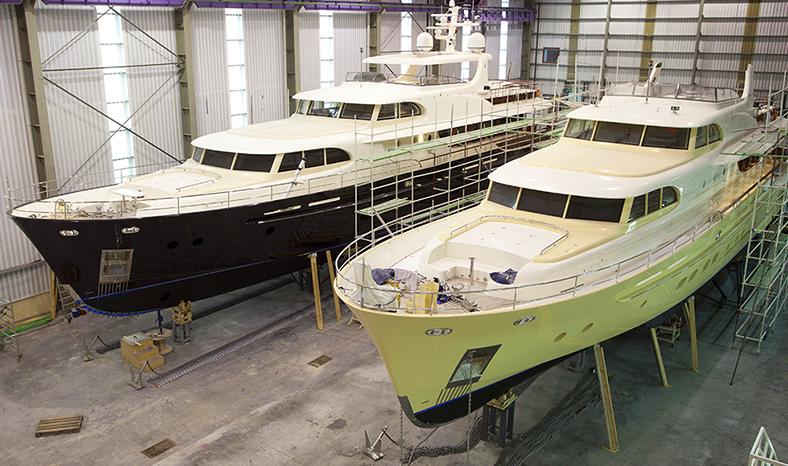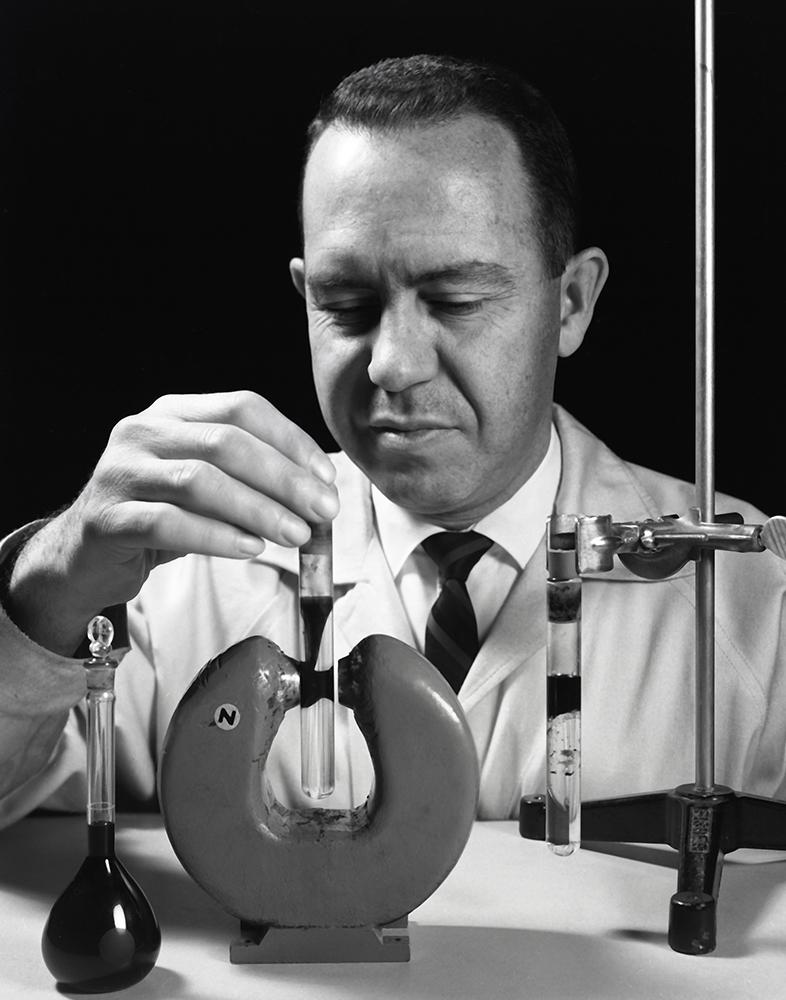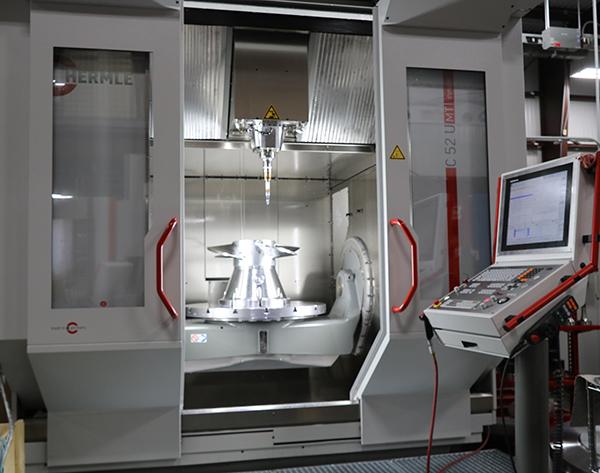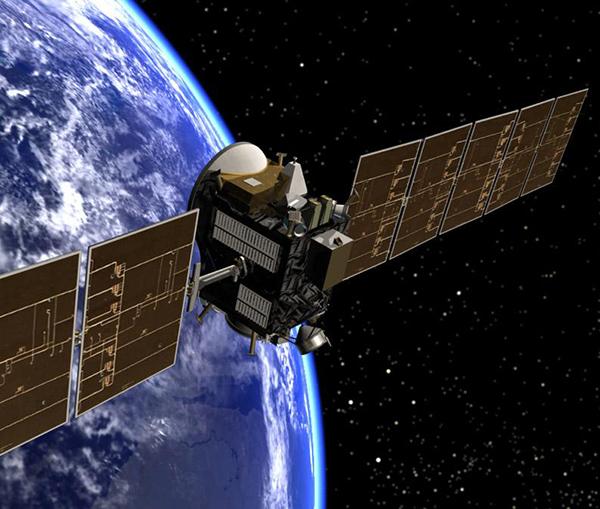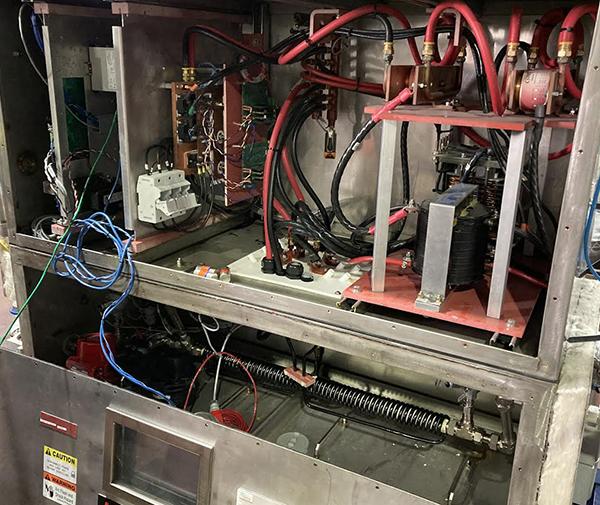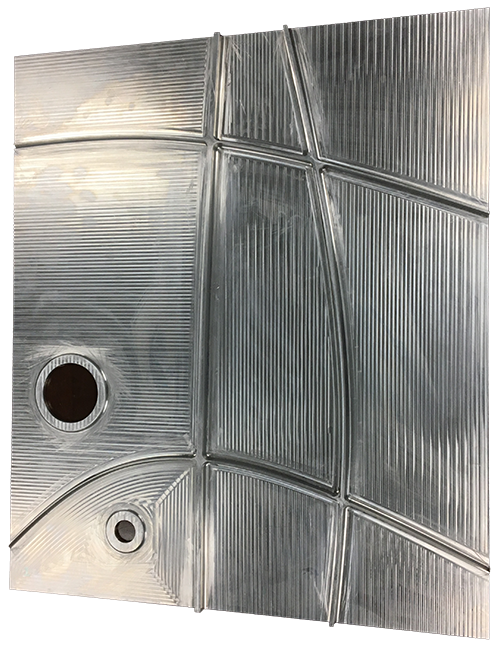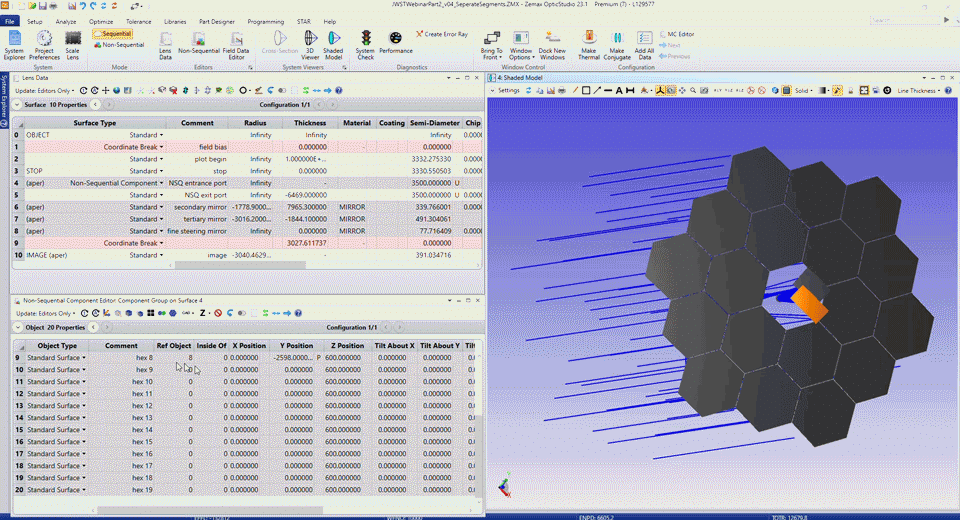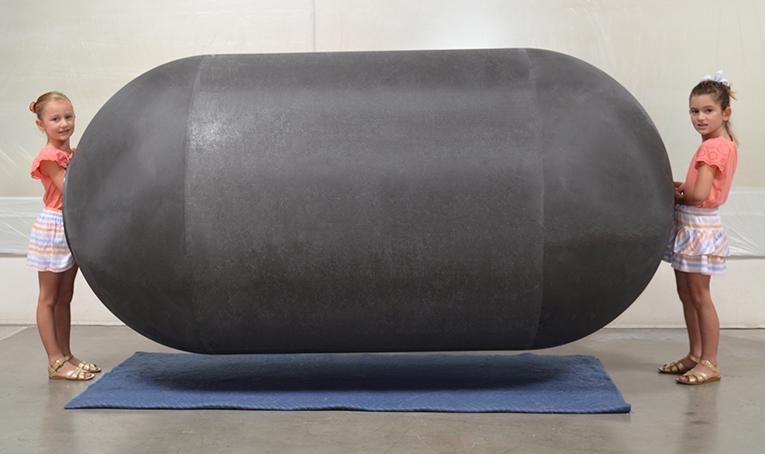Wearout Free
Cornell Dubilier Electronics, of Wayne, New Jersey, has designed, developed, and is selling two types of capacitors as a direct result of Small Business Innovation Research (SBIR) contracts with the Marshall Space Flight Center.
NASA demands were for a space-rated, lightweight, high-energy density capacitor. The goal was to exceed the performance attained with wet tantalum capacitors widely used in space applications.
A key requirement for this kind of electronic part is handling the release of hydrogen gas. Employing a double seal with material to absorb the hydrogen in an aluminum electrolytic capacitor is one approach, but proves very expensive to produce due to the complex assembly required for the double seal, in addition to the capacitor not being hermetic. The double seal design made use of a rubber grommet seal at the bottom of the seal chamber and a glass-to-metal seal at the top.
Losing electrolytes through evaporation limits a capacitor's usefulness in military and space applications requiring long life. Thanks to the use of nongassing electrolytes, manufacturing hermetic aluminum electrolytic capacitors that exhibit no "wearout" from electrolytic depletion became possible. Based on the SBIR work, Cornell Dubilier created an aluminum electrolytic capacitor, one that is hermetically sealed, incorporating weld-seal technology and low gassing electrolytes.
Cornell Dubilier's spinoff capacitor featured the welded closure and low gassing electrolyte of the NASA capacitor, but it did not have the outer glass-to-metal seal. Even so, this resulted in a capacitor with a very tight seal, eliminating 95 percent of the rubber seal area of conventional capacitors. The rate of electrolyte loss from this new capacitor was one-hundredth the rate of loss in a similarly rated, conventional aluminum electrolytic capacitor.
Life tests and measurements of weight loss at high temperatures showed expected operating lifetimes for the spinoff capacitor of 50 to 100 years. That is well beyond the 10 years expected of typical aluminum electrolytic capacitors.
Another advancement from the NASA-supported work was reshaping the cylindrical capacitor by taking advantage of welded-closure technology. Corners are not possible with conventional capacitors because they produce poor seals with the required rubber gasket materials. A flatpack shape was developed, one looking more like a pocket-carried lighter with leads and mounting tabs.
Electrolytic capacitors are well known for their use in a variety of electronic equipment used for data processing, communication, entertainment, and power electronics.
Cornell Dubilier has brought to market MLP and MLS Flatpack Aluminum Electrolytic Capacitors. Dubbed the MLP for "military, low profile," the spinoff flatpack capacitor found its first application in modules used for a military power supply system. The original NASA capacitor has evolved to become quite useful in applications where high capacitance is needed in a box shape.
The MLP's high-energy storage and box shape lends well to power-hold-up modules, with MLPs stacked together and sealed in metal boxes. Such modules are used for power-hold-up in F-16 fighter aircraft. Another application benefiting from the MLP's flatpack shape is a new ground-to-satellite phone system in which the MLP is a battery stiffening capacitor. The MLP is in the hand-held phone and delivers the high-peak currents needed to transmit to satellites in orbit.
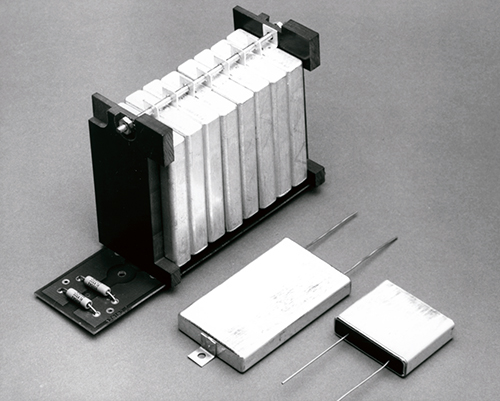
Cornell Dubilier created a low gassing electrolytic capacitor.





